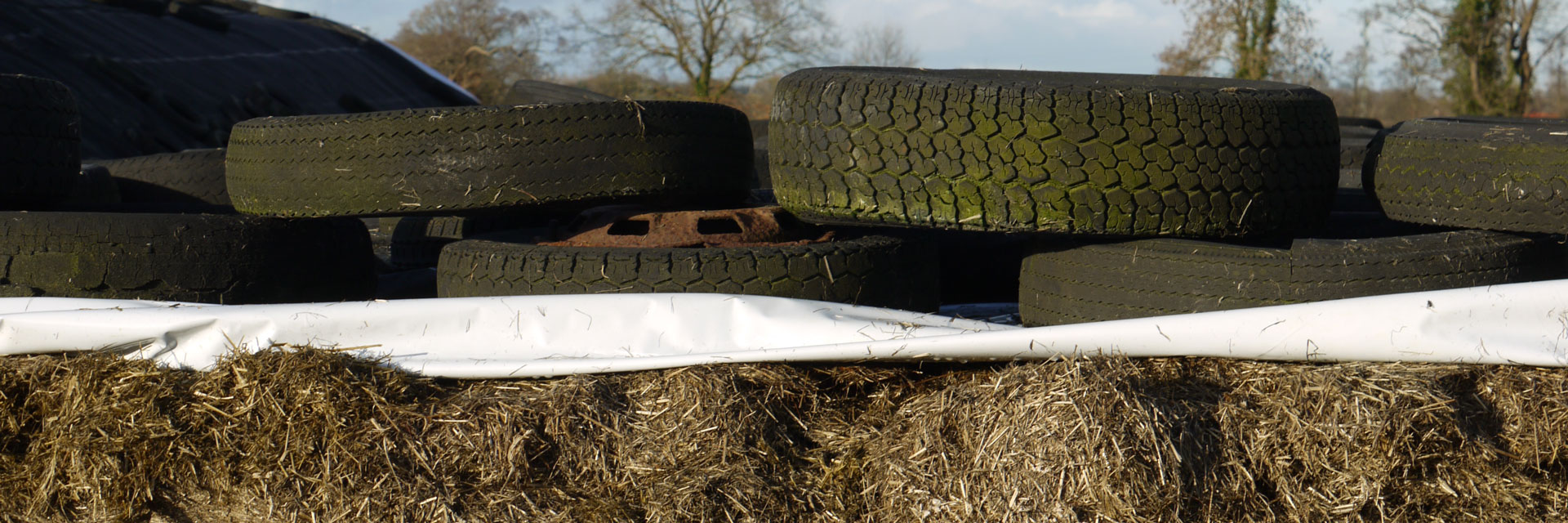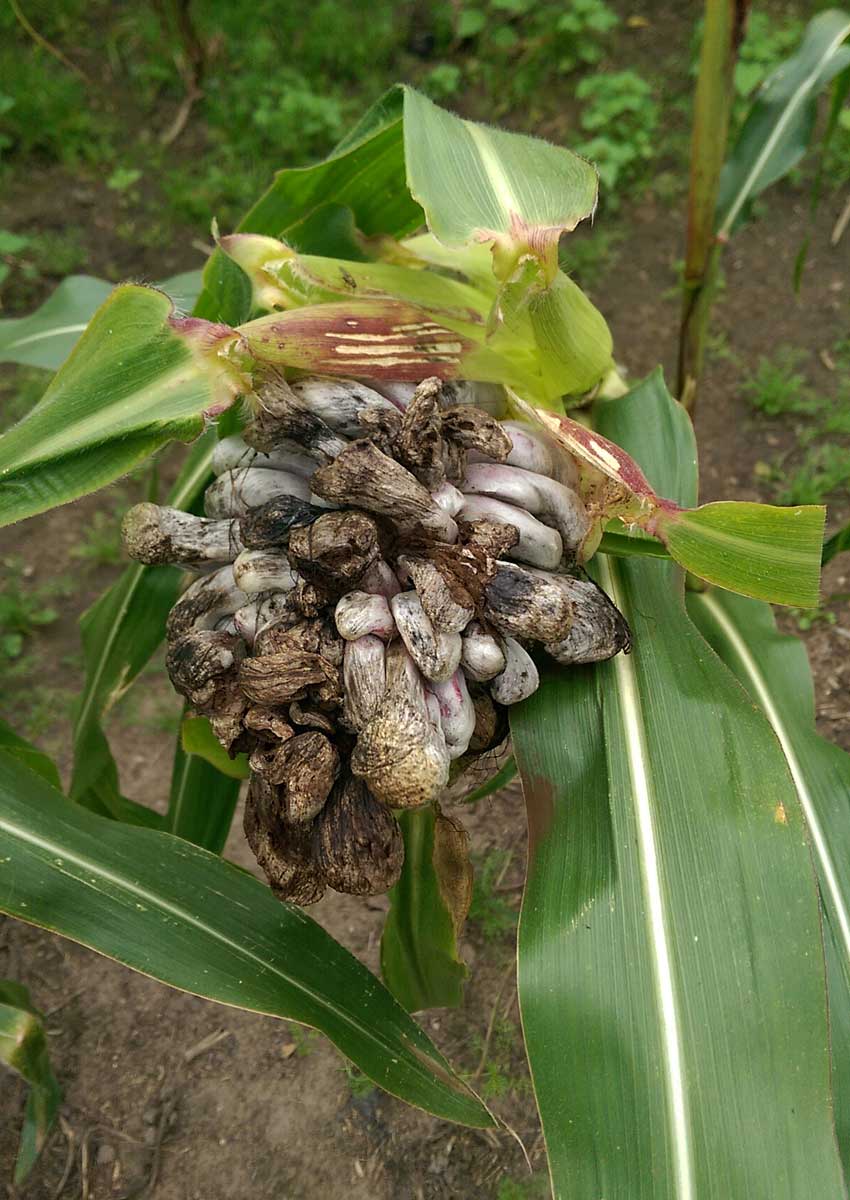Problem Solution
Problem SolutionProblem Solution
Problem Solution

Best quality silage is the basis for high performance from the forage. However, there are always problems with quality assurance. Faulty fermentation, mold and ester formation are only mentioned here as examples. The most important problem situations are described below. Tips on how to uncover the causes and possible solutions round off our service for you.
Farmers are often faced with heating up problems. Results from the Humboldt – university in Berlin have shown that more than 50 % of the silages produced are aerobically instable. Therefore the prevention of heating up problems as well as feed and biogas substrate is a central task for farmers.
Heating up is the main problem in most maize silages. 50 % of all maize silages in practice are affected, regardless of whether the silage is for the trough or the biogas plant. The fact is, that if the silage heated up, this is a clear signal for degradation of high digestible nutrients and losses in value.
Main cause of heating up is the development of yeasts. They degrade sugar, starch and also lactic acid, which results in both an increased pH-value and temperature. The spoilage cycle begins. As more yeasts survive in silages the faster the heating up starts. With such processes the financial losses can reach a few thousand Euros per year.
| stable | heated up | |
| MJ NEL / kg DM | 6,6 | 6,5 |
Energy losses MJ NEL / kg DM MJ NEL / ha | - 0,1 - 1667 | |
Milk losses Liter / ha | - 530 |
| stable | heated up | |
| % DM | 3,5 | |
DM losses kg DM / to OS kg DM / ha | - 11,7 - 195 | |
Milk losses Liter / ha | - 410 |
On average during the heating up process 3,5 % DM-losses and 0,1 MJ NEL/kg DM energy losses can be calculated per day (table). This means, that the milk yield per ha maize decreases by 940 liter per day. As silages normally heat up for 2 – 3 days, untill feeding, 10 % and more losses are possible. Decreased feed intake and complete spoilage due to moulding are not considered.
Such losses are avoidable. Correct silage management is required to prevent them. Firstly it should be tested that the silage is stored under airtight conditions. Yeasts need oxygen to grow, therefore the influence of any air shall be reduced to a minimum. If this is not possible due to poor compaction or not airtight storage, than problems are pre-programmed (figure). In such silages huge amounts of yeasts will be found during feeding out time, often more than the limit value of log 5,0 CFU/g (100.000 CFU/g). As a consequence aerobic stability is not given.
Corn smut is caused by the fungi Ustilago maydis. The infection takes place on growing plant tissue. The spores penetrate the plant through the stomatous, injuries or cell walls directly into the plant. Here they stimulate the growth and swell up into tumor-like galls.
Spores themselves are able to survive for 10 years in the soil. Typically they will be spread through seed, wind and water splashes. In spring they start to grow, especially in stressed plants. Stress factors for plants are for example fast changing weather conditions (high temperature, dryness, late frost, hail) or attacks of Oscinella frit. The maize then tries to balance this growth deficit. Therefore corn smut is often found in years with great weather fluctuations. Also wide row distance and sensitive species prefer the growth of this plant disease.
Depending on the intensity of corn smut on plants there are differences in nutrient value. DM – content and NFE decreases, and due to the degradation of carbohydrates, the protein content increases (relative value). In total the nutrient value is lower and the risk of other fungi caused infections increase, which also means higher mycotoxin risk. Additionally palatability and feed intake also decreases. An infection of less than 20 % has normally no effect on nutrient concentration (LfL, 2006).
The changed nutrient composition has no effect on fermentation quality of the silages, but a decreased aerobic stability is possible. Therefore the application of the silage additive BioCool in the case of corn smut infection can be recommended.
